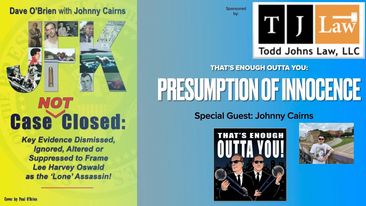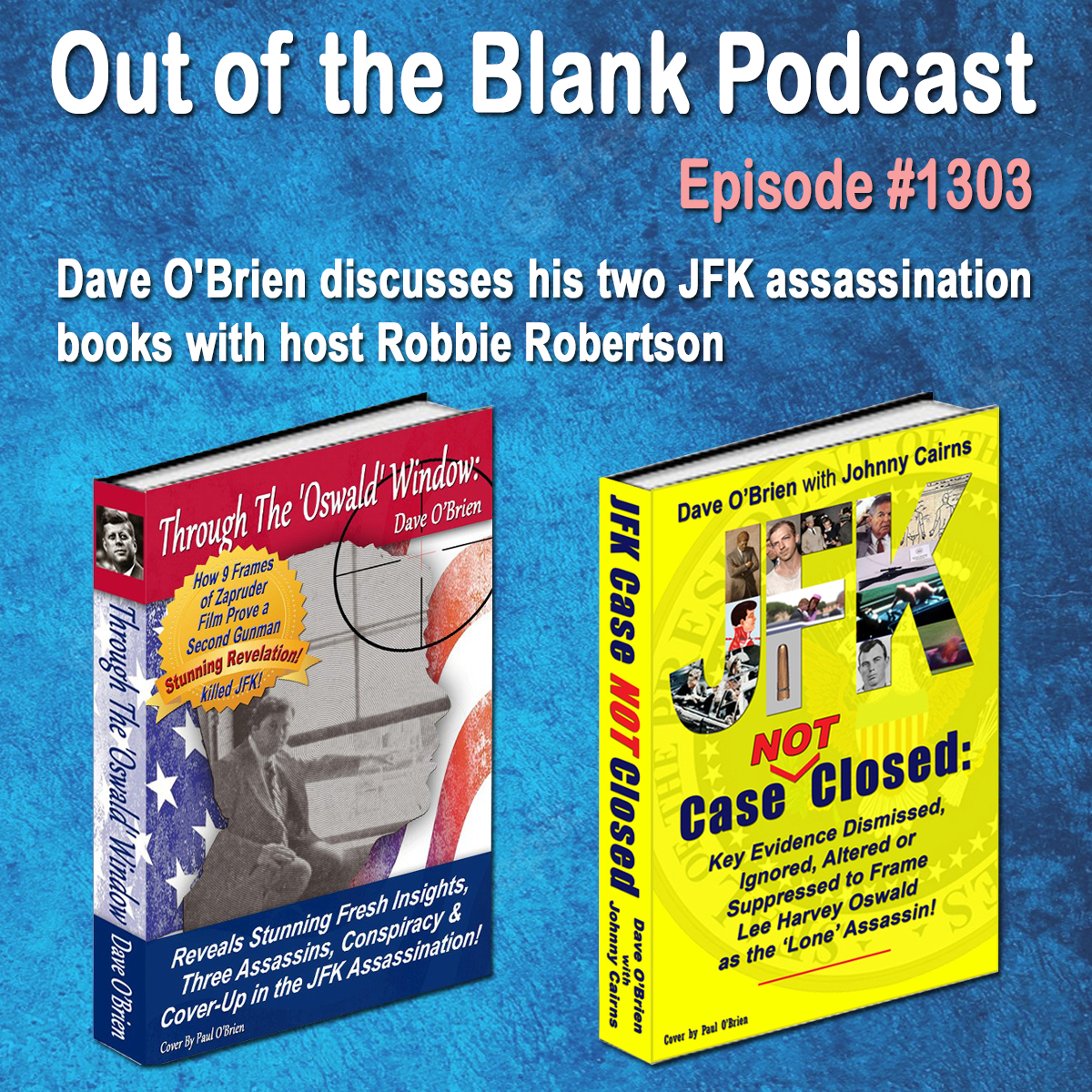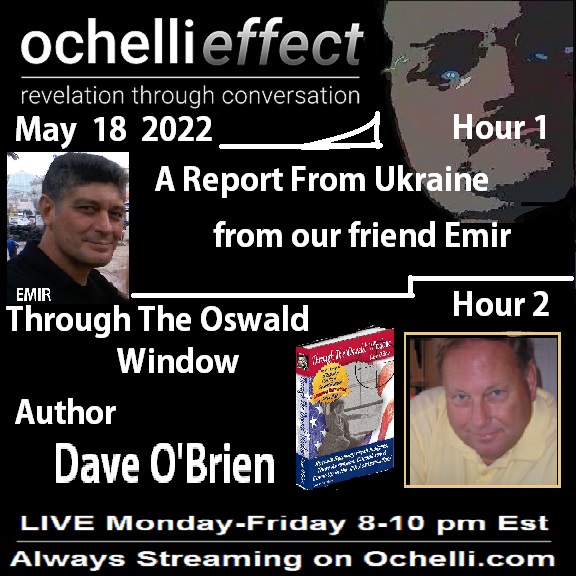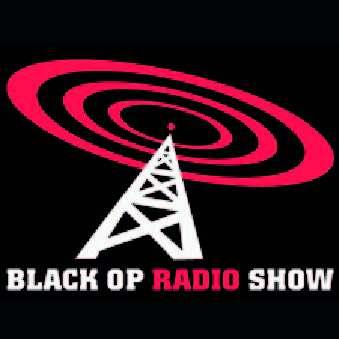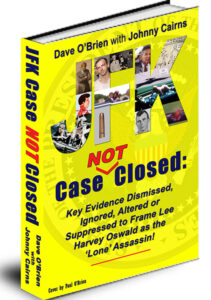The Oswald-Powers Spy Plane Connection?
By Dave O’Brien
Disbelievers of the Warren Report are quick to dismiss Lee Harvey Oswald as a highly-trained assassin.
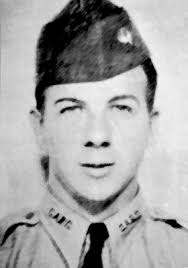
Oswald’s barely adequate marksmanship scores in the U.S. Marine Corps bring into question his ability to assassinate President John F. Kennedy with two successful hits out of three shots.
Yet, there is a period of his life that strongly suggests he was not the naive manipulated “patsy” that he claimed to be right up to the moment that Jack Ruby silenced him forever.
From October of 1959 to June of 1962, upon being granted a ‘Hardship/Honorable’ discharge by the Navy Department after Oswald claimed his ailing single mother needed his caregiving back home, he soon bolted for the Soviet Union.
It became a ‘defection’ on October 31 just after his 20th birthday when Oswald walked into the American embassy in Moscow and renounced his U.S. citizenship, declaring his allegiance to the Hammer and Sickle over the Stars and Stripes.
While the renouncing of his U.S. citizenship was never formally enacted, the Navy Department changed the status of his discharge to ‘Undesirable.’
It’s not his stay in the Soviet Union that prompts much debate. Oswald seems to have lived the typical struggling and uneventful life of a Soviet laborer as a metal lathe operator at the Gorizont (Horizon) Electronics Factory in Minsk.
A RATHER UNUSUAL COMING AND GOING
Rather, it’s his theatrical entrance and mysterious exit from the Soviet Union that have even the lone assassin preachers scratching their heads.
Did Oswald return to the U.S. as a Soviet-controlled ‘Manchurian candidate’ assassin?
That is pure conspiracy theory fodder, fuelled no doubt by the Soviet Union’s refusal to release its KGB files on Oswald’s time in the Communist country during the height of the Cold War with the U.S.
In an effort to demonstrate its disinterest in Oswald, the Soviets point out that they declined his request for citizenship, ordering him out of the country the same night.
Oswald responded by making a half-hearted slash to his left wrist that bloodied his bath water. He was hospitalized in a mental institution and granted a stay of deportation.
Soon after, he met and married Marina Prusakova in Minsk and the two had a baby daughter. By then, Oswald became despondent with his boring existence and returned to the U.S. embassy, this time seeking a return to America for his family.
HIDDEN THREAT?
During his initial visit to the U.S. embassy to void his American citizenship, Oswald made a treasonous-like remark to Richard Snyder of the Office of Naval Intelligence (ONI).
Oswald threatened to reveal his Marine training expertise to his new hosts if the U.S. stood in his way of seeking Soviet citizenship.
The threat likely wasn’t taken lightly. In the Marines, Oswald was trained in aircraft surveillance and the use of radar and earned the military title of Aviation Electronics Operator.
From the Marine Corps Air Station at El Toro in California, Oswald was shipped out to the Naval Air Facility Atsugi just outside of Tokyo.
This is where things get interesting and Oswald’s threat becomes potentially significant.
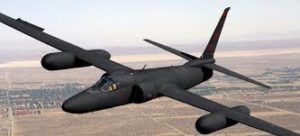
The Naval air base in Atsugi is one of the foreign facilities that housed the highly classified joint Navy/CIA spy program featuring the state-of-the-art U-2 Reconnaissance plane, which was capable of taking crisp photographs of targets as small as a compact car from 70,000 feet.
This was the aerial spy plane that took photos of the Soviets building long-range ballistic missile sites in Cuba, resulting in the Cuban Missile Crisis of 1962 that brought the superpowers to the brink of nuclear war.
Prior to that, Atsugi was the base used for U-S spy missions over the Soviet Union, which went smoothly until May 1, 1960 when a U-2 piloted by Francis Gary Powers was shot down over Sverdlovsk by a Soviet SA-2 missile that exploded near the plane.
The shockwaves from the detonation blew off both wings of the U-2, sending Powers and the plane plummeting to earth. Powers safely ejected but declined to use a lethal poison needle issued to him as a spy pilot.
Powers was captured in Soviet territory and became the focus of an international incident that enabled Soviet Premier Nikita Khrushchev to call the intrusion of his air space as an “act of war!”
The American pilot was tried in the Soviet Union and convicted of espionage. His eventual release and return to the U.S. became the basis for the Steven Spielberg spy-thriller movie titled Bridge of Spies.
THE OSWALD CONNECTION
We cannot dispel Lee Oswald’s time in the Soviet Union, along with his high level Crypto clearance that would have made him familiar with the radar tracking of the U-2 reconnaissance plane that was stationed at the same Atsugi air base, as possibly the cause of Powers being shot down while on a Soviet mission.
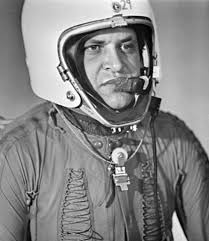
There is no evidence that Oswald made good on his threat to reveal top secret airplane surveillance information available to the Soviets or that he was well-enough-informed about the U-2’s specific flight capabilities to provide useful information.
However, the fact that the U-2 spy plane had an unblemished record of several successful missions over the Soviet Union and elsewhere until Oswald happened to show up in an enemy country as a defector is cause for suspicion.
The Oswald connection to the Powers U-2 incident may also explain why the Soviet Union has never released its files on Oswald while living in its country.
If Oswald had an uneventful existence in the Soviet Union and it attempted to ship him back to America, what sensitive information could they be possibly suppressing?
Just as perplexing, after Oswald’s defection and threat to disclose sensitive military information to his Soviet hosts, why would the CIA or ONI show no interest in Oswald upon his return to the United States?
Apart from routine FBI files on Oswald that were never shared with other agencies, there is no indication that the CIA was ever interested in Oswald’s activities in enemy territory.
This is stunning given the eventual Oswald-CIA link to the JFK assassination on November 22, 1963 as outlined in the author’s new book Through The ‘Oswald’ Window.
And yet, in an extraordinarily short period of time after applying to return home to the U.S., the request was granted despite his ‘defector’ status and verbal threats against his Homeland.
Even more unusual, it is yet to be explained why Lee Harvey Oswald, along with his wife and daughter, were all welcomed to America with all expenses paid by the State Department.
On October 26, 2017, several CIA-related documents about Oswald are scheduled for release due to the JFK Records Act of 1992.
It is questionable as to what new information these records may show since the government retains the right to redact the documents or withhold their release if the information contained is deemed harmful to the interests of the American public.
Although we may never know the details, withheld or heavily redacted documents would suggest that Lee Harvey Oswald, while perhaps not a trained assassin, was a far more interesting character than we have been told.
